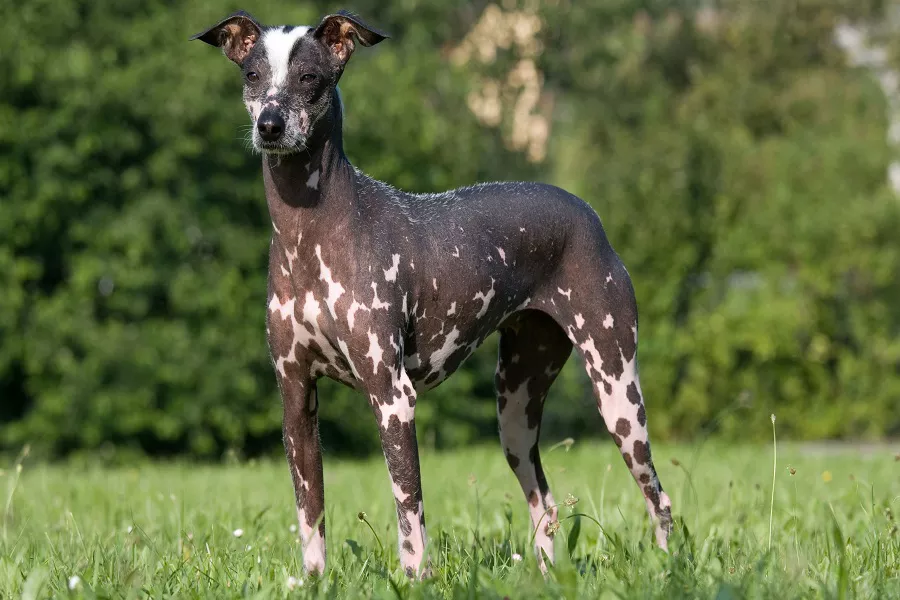Green anoles, also known as Carolina anoles, are a popular pet lizard species due to their small size and interesting behavior. As their name suggests, they are typically green in color, but some pet owners may notice that their green anole is always brown instead. In this article, we will explore the possible reasons why your green anole may be turning brown and what you can do about it.
Possible Reasons for a Brown Green Anole
- Stress
Green anoles can change color depending on their mood and stress levels. Brown is a common color change in stressed anoles, and they may turn brown if they are feeling anxious, uncomfortable, or threatened. Common stressors include changes in environment or temperature, handling or interaction with humans, and competition or aggression from other anoles.
- Temperature
Green anoles are cold-blooded, meaning their body temperature is regulated by their environment. If the temperature in their enclosure is too low, it can cause them to become lethargic and turn brown in color. Similarly, if the temperature is too high, they may become dehydrated and turn brown as a result.
- Shedding
Green anoles shed their skin periodically, which can cause them to temporarily change color. During shedding, their skin may appear dull or brownish in color, and they may also become more irritable or sensitive to touch. This is a normal process and should not cause concern unless it lasts for an extended period of time.
- Illness
In some cases, a brown coloration in green anoles can indicate an underlying health problem. For example, parasites, infections, or nutritional deficiencies can cause changes in skin color or texture. If you notice other signs of illness, such as lethargy, lack of appetite, or abnormal behavior, you should consult with a veterinarian who specializes in reptiles.
What to Do About a Brown Green Anole
- Assess the Environment
If you suspect that stress or temperature may be causing your green anole to turn brown, you should first assess their environment to see if there are any factors that could be contributing to their discomfort. Make sure their enclosure is appropriately sized, heated, and humidified, and that they have access to clean water and appropriate hiding places.
- Minimize Handling
If your green anole is turning brown due to stress, you should minimize handling and interaction with humans. Give them plenty of space and avoid sudden movements or loud noises that could startle them. You may also want to consider adding more plants or decorations to their enclosure to provide them with additional hiding places.
- Monitor for Illness
If your green anole’s brown coloration persists or is accompanied by other signs of illness, you should consult with a reptile veterinarian. They can perform a physical exam, run diagnostic tests, and recommend treatment options if necessary.
- Provide Proper Nutrition
Green anoles require a balanced diet that includes a variety of live insects, such as crickets, mealworms, and waxworms. Make sure you are providing them with a varied diet and that the insects are appropriately sized for their age and size. You may also want to consider adding a calcium supplement to their food to ensure they are getting enough of this important nutrient.
In conclusion, Green anoles are fascinating pets that require specialized care to thrive. If your green anole is turning brown, it may be a sign of stress, temperature fluctuations, shedding, or illness. By assessing their environment, minimizing handling, monitoring for illness, and providing proper nutrition, you can help ensure that your green anole stays healthy and vibrant in color.
Recommended reading:


























